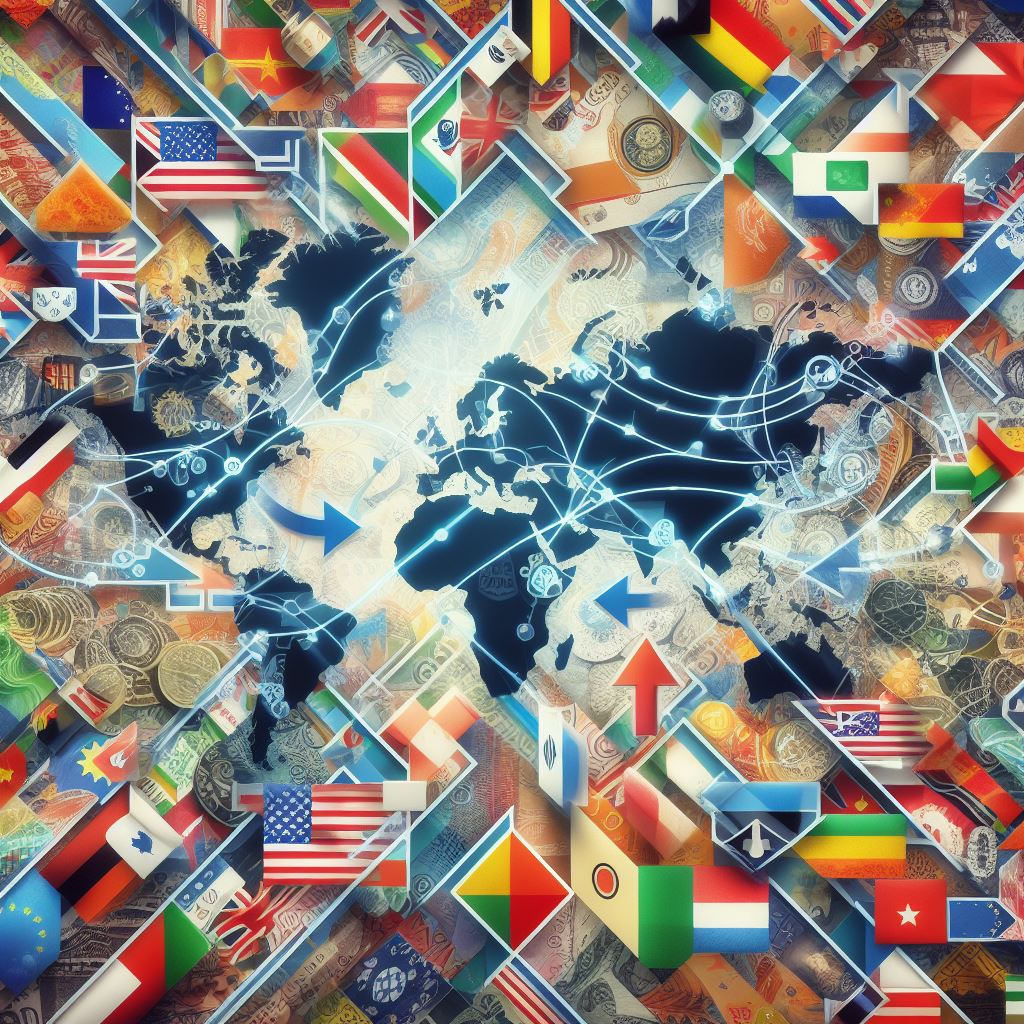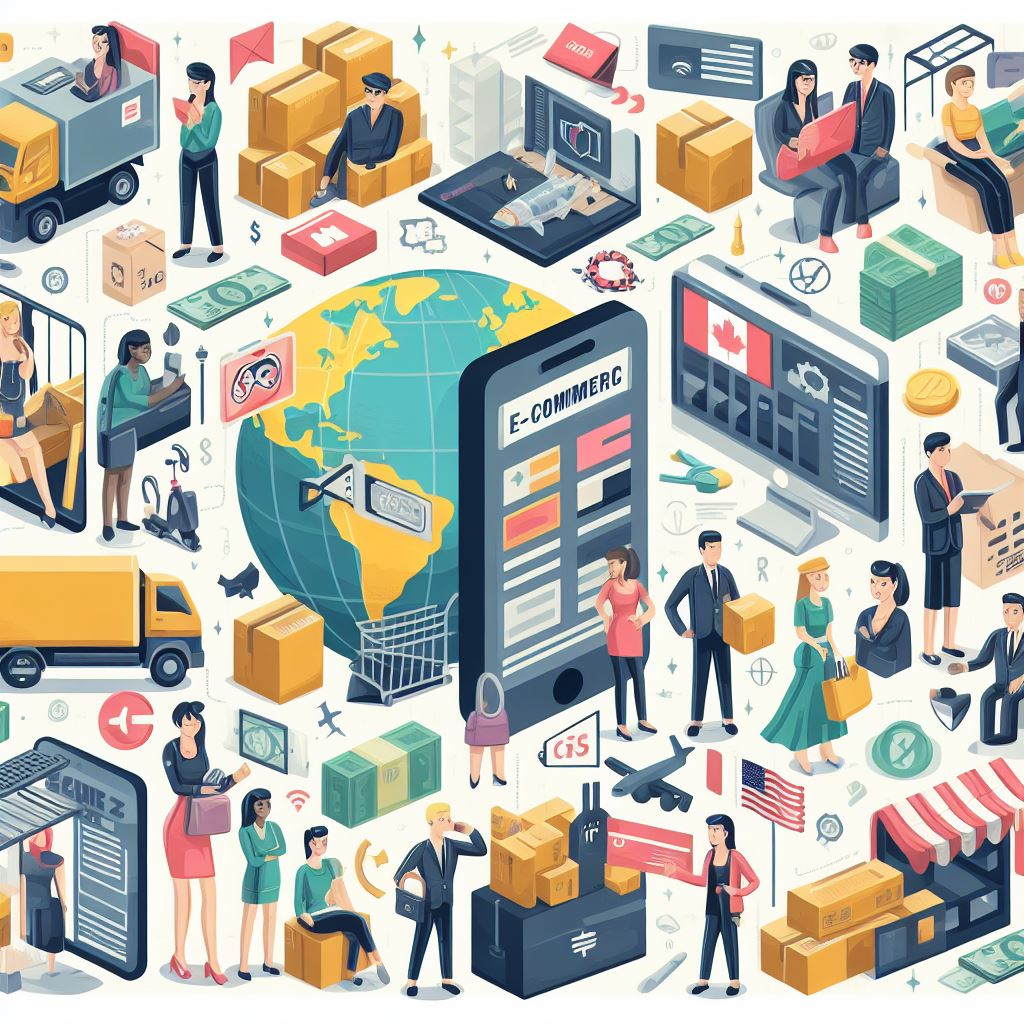Globalization is a constantly evolving phenomenon that triggers differing opinions on its impact. Some believe it is a positive force that expands markets and promotes international cooperation, while others view it as a contributor to climate change and economic inequality. This has given rise to the concept of Slowbalisation. Despite the varying perspectives, recent data suggests that globalization has reached a steady state, changing the path of mid-market manufacturers. Let’s explore.
Slowbalisation: A New Era of Manufacturing Opportunities
As the world continues to adapt to the changing dynamics of globalization, mid-market manufacturers in the UK and US are embracing the challenges and opportunities presented by the new era of “Slowbalisation.” With the convergence of three historic trends, businesses are expanding across diverse sectors to maintain growth and profitability. The term “Slowbalisation” was coined by Dutch futurist Adjiedj Bakas in 2015 to describe the changing dynamics of globalization. The world has witnessed a shift in the character and tempo of globalization, with new measures of global integration and the changing face of global economic activity.

Measures of Global Integration
The measures of global integration, such as trade, cross-border supply chains, intermediate imports, and the activities of multinational corporations, have either steadied or grown. Foreign direct investment (FDI) has played a pivotal role in economies like China, India, Indonesia, and Vietnam. By understanding the measures of global integration, brands can better navigate the changing dynamics of the global market.
The Changing Face of Global Economic Activity
The world is shifting towards services with emerging economies becoming self-reliant in creating inputs. This shift is largely driven by the rapid development of Internet technology and the integration of the world economy. Cross-border e-commerce has grown rapidly with companies like Alibaba, Netflix, and Facebook leading the way. Brands from Europe, China, Japan, Korea, and India now compete and thrive on a global scale. Many companies from these regions are interested in taking part in emerging markets’ growth stories, such as India’s. This growth in cross-border e-commerce has transformed not only the composition of the world’s economic production and employment but potentially global trading patterns over the past few decades.

Cross-border e-commerce has allowed brands to reach global markets and create new opportunities. It has enabled companies to find avenues of growth that may not be available in their home regions and allowed for income stream diversification. Global branding also tends to generate more room for marketing and branding investments. Global brands can launch a single campaign that fits each region, rather than creating several separate campaigns for different markets.
This paradigm shift has opened up unprecedented opportunities for brands to tap into global markets and redefine their growth trajectories
Brands and the Well-being Debate
Brands have often been criticized for primarily serving corporate interests. Critics like Naomi Klein have argued that brands use psychological techniques to manipulate the public. In her book “No Logo”, Klein discusses how brands have moved from producing things to producing images of things, suggesting that the brand is not a reflection of quality but a reflection of what the marketing department wants it to stand for.
However, brands also have a positive impact on consumer well-being and global capital. They play a crucial role in shaping consumer behavior and market trends. For instance, purpose-led brands are emerging that aim to solve specific Environmental, Social, or Governance (ESG) issues. These brands focus on a mission that leads to productive engagement with some aspect of the world beyond profit. They not only increase their strength and recognition in their regional markets but also draw support from new regions for further expansion and development.
Drawing parallels to historical perspectives, Vance Packard, in his book “The Hidden Persuaders”, described how the marketing industry used depth psychology and motivational research to manipulate the public. However, Packard’s critique was more focused on the psychological influence of marketing, which he believed led people to do things that harm themselves and others.
Nevertheless, one cannot deny the fact that brands have evolved to become more than just symbols of corporate interests in the global market. They have become tools for conveying values, beliefs, and personalities. Global brands bring economies of scale and marketing power, and multiple brands may resonate more with specific markets, especially if a company merges with or acquires a local brand that is well respected in that region. Globalization has slowed down in recent years, opening up opportunities for mid-market manufacturers in countries like the UK and the US. Here’s how three key trends are enabling local producers to expand:
1. Evolving Manufacturing Practices
One of the significant shifts in manufacturing practices is the evolution of lean manufacturing. Traditionally, brands have focused on “just-in-time” efficiency to reduce waste and increase productivity. However, in today’s world, the mindset of “just in case” fear has emerged due to supply chain vulnerabilities exposed by global events such as the US baby formula shortage and UK produce deficits. Businesses are now balancing efficiency with risk management to ensure the continuity of operations. The drive for efficiency led to brittle supply chains and shortages. Now, just-in-time practices are balanced with just-in-case stockpiles. This multi-sourcing approach benefits mid-market players.
2. Political Shifts and Local Manufacturing
In the US, new laws boost domestic manufacturing. The changing political landscape has also shaped manufacturing contexts. With the introduction of policies such as the Infrastructure, Investment, and Jobs Act, the CHIPS Act, and the Inflation Reduction Act, US businesses are looking to expand their local manufacturing capabilities. Similarly, in the UK, Brexit has increased local production to replace EU imports. These policy shifts aid local suppliers and create favorable conditions.
3. Rising Global Wages and Digital Brand Engagement
Global wage increases have shifted offshore manufacturing. Brands now leverage automation and digital engagement for mass customization and customer support. Automation boosts productivity and transforms employee and customer experiences. AI-powered social media frees up marketers to focus on brand messaging. Mass customization provides cost-effective personalization. SMAC technologies drive digitalization and help firms adapt to mega-trends for market growth and leadership.
The Big Picture
Mid-market manufacturers and brands play a crucial role in crafting the Slowbalisation narrative amidst the persistently transforming dynamics of globalization. While brands have been criticized for serving only corporate interests, they have also positively impacted consumer well-being and global capital. To create brands that can successfully navigate the constantly shifting global landscape, businesses should understand the critiques presented by thinkers like Naomi Klein and draw parallels to historical perspectives like those of Vance Packard.



